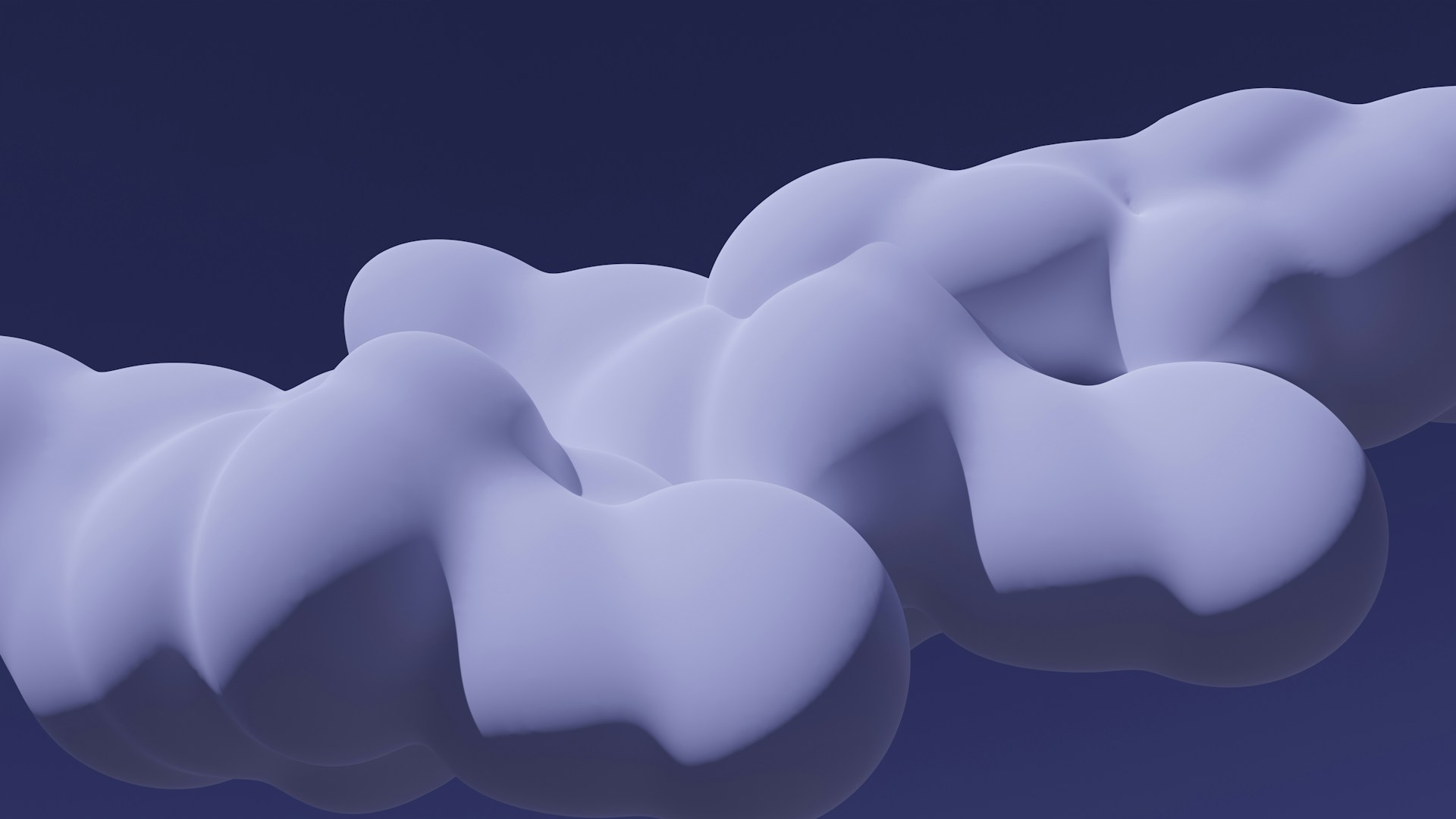Table of content
The next step is choosing a software development model that fulfills your audience’s needs.
According to Gartner predictions, the end-user spending on public cloud services is forecast to grow to a total of $494.7 billion in 2022. Different industries use a cloud computing model (based on SaaS) for their specific purposes, whether retail, finance or healthcare.
At Devox Software we know the secrets of tailoring your service to your customers. Our main expertise is software web development and mobile application development. We are the people you need when building a SaaS product you want to be proud of. In this article, we will describe how to make a cloud-based SaaS application in 6 steps, conduct market research and start generating revenue.
The Definition of SaaS Product
As cloud-based applications, SaaS models allow users to access the software they need from any device. They also allow saving money on expensive hardware, as the users don’t have to deal with maintenance or security issues.
In 2021, almost 45% of startup founders admitted that a specific problem they experienced inspired the idea of launching a new product. That’s how most SaaS applications enter the technology world. So, don’t skip an opportunity to learn how to develop SaaS application. It is a worthy investment of time and effort.
Saas Products and On-Premises Software
People connect to SaaS applications on a subscription basis. They don’t pay money up front; the company usually covers additional fees for corporate teams. The users connect from multiple devices and get instant updates online.
On the contrary, on-premises software requires buying a license first. Connecting to the on-premise software also has its limits: users log in from one device only, and they should track down the updates manually.
One of the popular products that made a transition from on-premise software to SaaS was Adobe Photoshop. In 2012, consumers got a chance to buy one version of Photoshop and access it indefinitely.
The Benefits of Transferring to the SaaS Model
Software developers associate SaaS with a recurring revenue model. The cloud-based computing brings transparency to business relationships and helps personalize sales and customer service.
Using SaaS products is good in every aspect for both app owners and users. The cloud-making makes a huge engrossment because of its on-demand scaling, small workload, and comfortable access from any part of the world.
What else is in there for users?
Instant Updates
Automatic and easy; no need to re-install the app or download new versions manually.
Reliability
The app will remain online, even if one of the servers goes down.
Security
SaaS applications take care of vulnerable data; the cloud-computing providers invest heavily into the newest non-scamming technologies and expertise.
Examples of SaaS Products
The primary targets of SaaS applications are email and messaging apps. Since the core function of “software-as-a-service” products is to store and maintain data, they are also good for customer relationship management (CRM) solutions.
Here’s the list of the most popular SaaS examples, which thousands of people use on a daily basis:
SaaS customers tend to shift their perspective from the affordable aspect of free applications to incorporating SaaS solutions into business departments. Both B2B and B2C consumers can benefit from cloud services, adjusting them to a unique business model.
How to Build a Saas Application: Ferretly Case
One of our cases includes building a social media screening platform to analyze public posts and detect undesirable behavior across Facebook, Instagram, Twitter, LinkedIn, TikTok, and Reddit.
Ferretly software analyzes posts and images across 14 risk classifications (such as self-harm, narcotics, violence, hate speech, etc.) It followed the FCRA and EEOC to stay compliant with social media privacy rules.
Even though the previous vendor said this idea was impossible from the tech point of view, we proved the AI-powered social screening to be a SaaS model that works. Nowadays, we have a well-operating platform with satisfied active users.
Things to Consider When You Build a SaaS Application
Before developing a SaaS product, you need to understand the end motive: will it be a CRM system, a Talent Acquisition Platform, or one of the Financial platforms for effective resource planning?
According to Gartner research, 51% of IT spending will shift to the public cloud by 2025. It’s more than predicted for 2022 (41%, respectfully), and two-thirds of spending will be directed within the application software metrics.
The “It” Factor
Ideally, you need to have the purpose of a future SaaS application, and the resources you currently have. Do you have a financial prototype or a full-released version? Do you know the target audience, the way they cooperate, and how will they access the system?
Spell out the unique features, to bring new customers to your app. Answer the question of why should they choose it. Especially, if you’re working on a product for corporate communication — why would all the employees agree with new software? Maybe, they feel comfortable already, in the old messaging system. Offer something people can’t say “no” to.
Involving a Third Party
Since the SaaS application is a great solution for business environments, it should integrate with different enterprise tools. Your products should have application programming interfaces (APIs) to be used by developers and stay tuned with the other applications. They have to comply with security and reliability issues.
Software Maintenance
This term comprises all the tech stages, you go through when you build SaaS application. It refers to the development processes, testing, debugging, and upgrading to ensure the users have a positive experience.
How to Build a SaaS Product: 6 Main Stages
Product vs. Revenue: Finding the Golden Mean
Every SaaS application has three main phases of development: Initial Sale, Retention revenue, and Expansion.
The main deal-breaker for a SaaS development company is recurring membership revenue. Although there are many other ways to earn money, this is your bread and butter. The membership fee is what gives customers access to the products and extended app features.
The “life signs” of SaaS applications are:
- Churn rate — the number of customers rejecting monthly subscriptions;
- LifeTime Value (LTV) — the percentage you expect to earn from a customer, depending on the length of their subscription period;
- Cost Acquisition per Customer (CAC) — the amount of money you spend to earn new customers.
These measures are critical to ensure a product generates enough revenue; they’re also the first buyers will ask about, if you decide to sell a SaaS product.
Devox Expertise in Building a SaaS Product
The cloud-computing model has come a long way: from traditional IT practices to SaaS applications. Using SaaS products, people can access their data from any device and any part of the world. They don’t need to spend money on expensive hardware or follow up the updates, With SaaS solutions, all those processes happen simultaneously.
If you need a team to build a successful SaaS application, let’s get to know each other! At Devox Software, we know how hard is it to organize things and keep running the operations smoothly. As a SaaS development company, we offer unbiased consulting, UX/UI design, and product development services to make your application user-friendly and responsive. We render full-cycle software development services to match the right stacks with your business needs.
Give us a call to digitally transform your business today!








